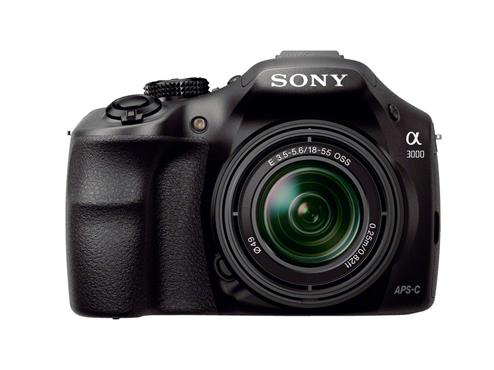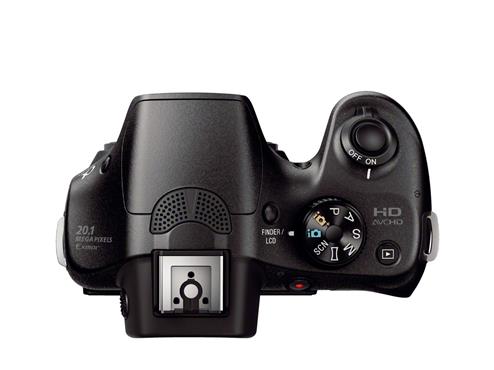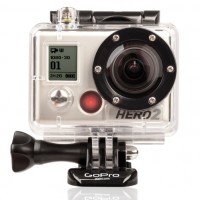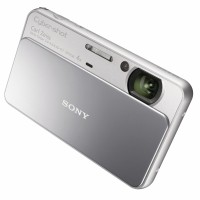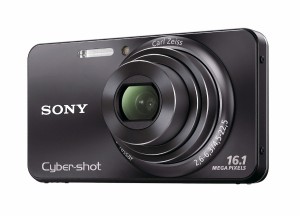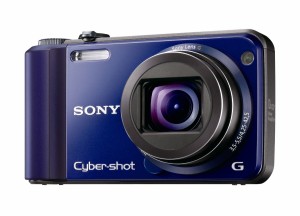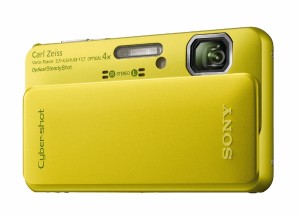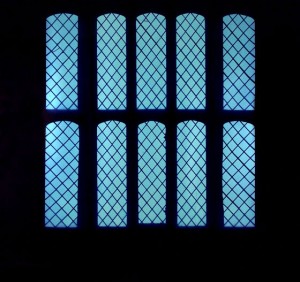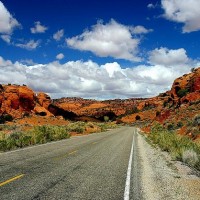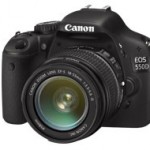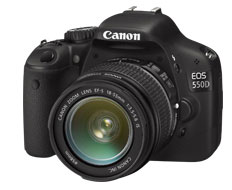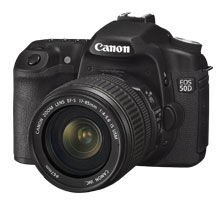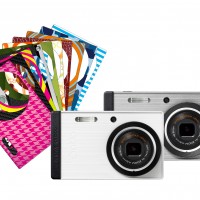
We do enjoy getting toys to play with here at the Small Aperture Mansion. The latest to pass through our grubby mitts has been Pentax’s Optio RS1500, the little point-and-shoot with the customisable front. The idea is that you can take off the lens ring and change the ‘skin’ on the front for anything ranging from candy-cane stripes to camouflage. Armed with its 14 megapixels, 4× optical zoom, 15 picture modes, smile detection, and nine filters, we set about finding out what we thought of it.
Build and design
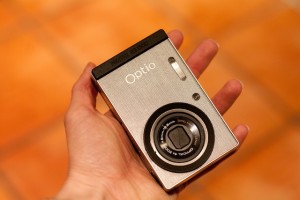
It’s a small, light-weight camera. Even in my tiny hands, it felt little and I dread to think what sort of damage you might do to it if you drop it. Without any of the fun skins that you can slot beneath the front cover to turn it into a zebra or a Green Lantern superhero special, it’s a plain looking beast. The front’s silver and the back’s matt black. I don’t have any problem with that, but half of the appeal of this camera is its chameleon appearance.
Features and controls
The on-off switch and the shutter release are the only buttons on the top of the camera. Everything else – zoom rocker, play back, smile detection, and menu buttons, customisable ‘green button’, together with the four-way controller – is positioned to the right of the LCD screen. I found the menu system quite fiddly to use, and when I tried to put the camera in Program mode – which is as manual as it gets – trying to adjust the ISO wasn’t as intuitive or as quick to access as it should have been.

Afro Ken does the boudoir look
Its fifteen different shooting modes range from auto to portrait via candlelight and blue sky. They’re accessed from the four-way controller, together with the flash, focus control, and self-timer. You can set the green button, which doubles as the delete button, to access the video mode, EV compensation, or ISO. This will help to alleviate the fiddly-ness factor for one of those settings, but not the others. But then, I’m not sure how bothered someone using this camera will be by EV compensation. So it probably doesn’t matter all that much.
Performance

Roasted tomatoes in auto mode
In daylight, this camera produces some decent images and I really couldn’t complain about them too much. Okay, yes, maybe reds and oranges were a touch over-saturated. But honestly, it was fine.

Roasted tomatoes in food mode. Any different?
With fifteen different modes to choose from, it was almost overwhelming, and honestly, I preferred the photo of some roasted tomatoes taken in auto mode rather than taken in food mode.
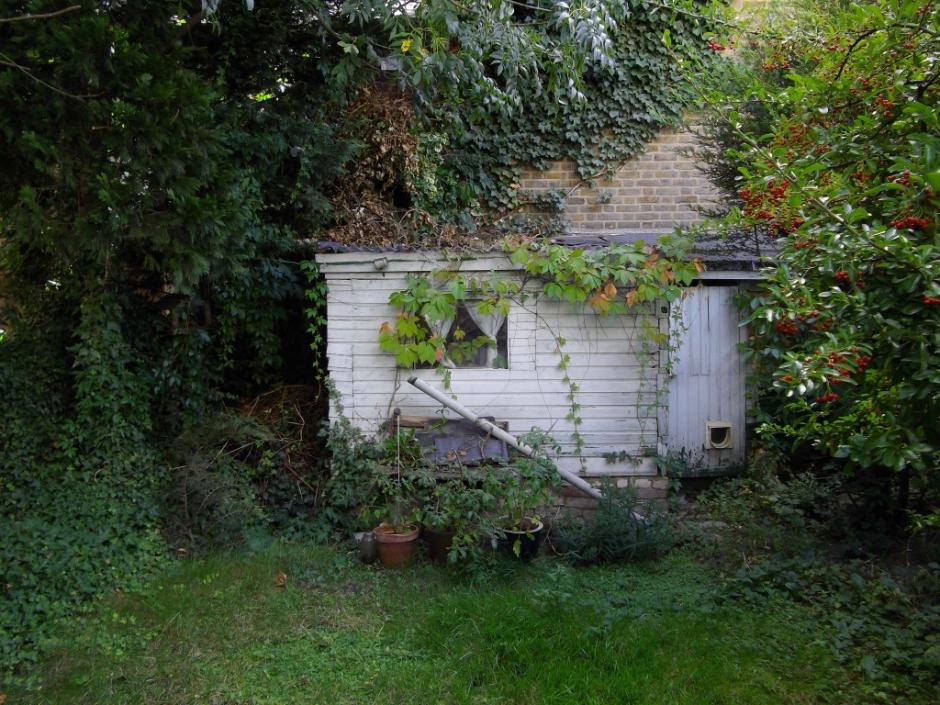
It’s in lower light situations where the problems begin to creep in. The auto-focus struggled badly and sometimes couldn’t latch on to anything at all. This was hugely frustrating and resulted in pictures that were mushy and had to be binned. Pictures were pretty noisy, too. And Gareth and I both commented that we found the flash glarey.
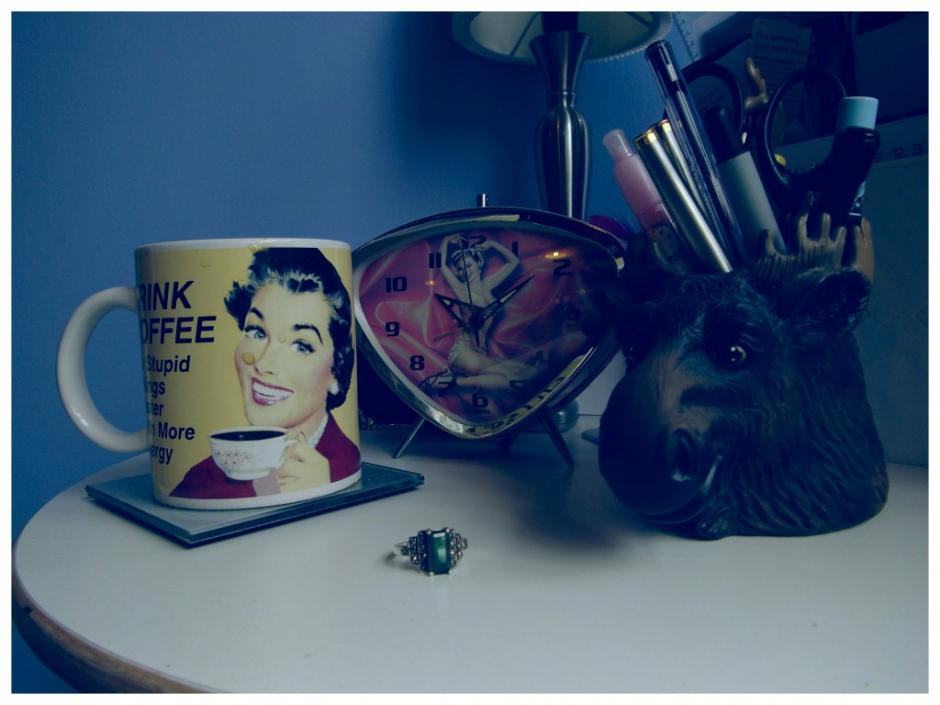
Gareth also pointed out that the filters were quite poor. It’s as if they’ve been tacked on because every camera needs to have a toy camera and sepia effect now. As for the screen, Haje commented that its quality isn’t great, but it is quite large.
Verdict?
You get what you pay for with a £70 camera. In daylight, it takes some pretty decent photos. Anything approaching low-light, however, presents its auto-focus with some serious problems and the noise in the images that it does manage to produce is quite unpleasant. With its interchangeable skins, it’s a fun, small, light-weight camera. You could do better, and you could do worse.

Portraits in daylight are just fine
